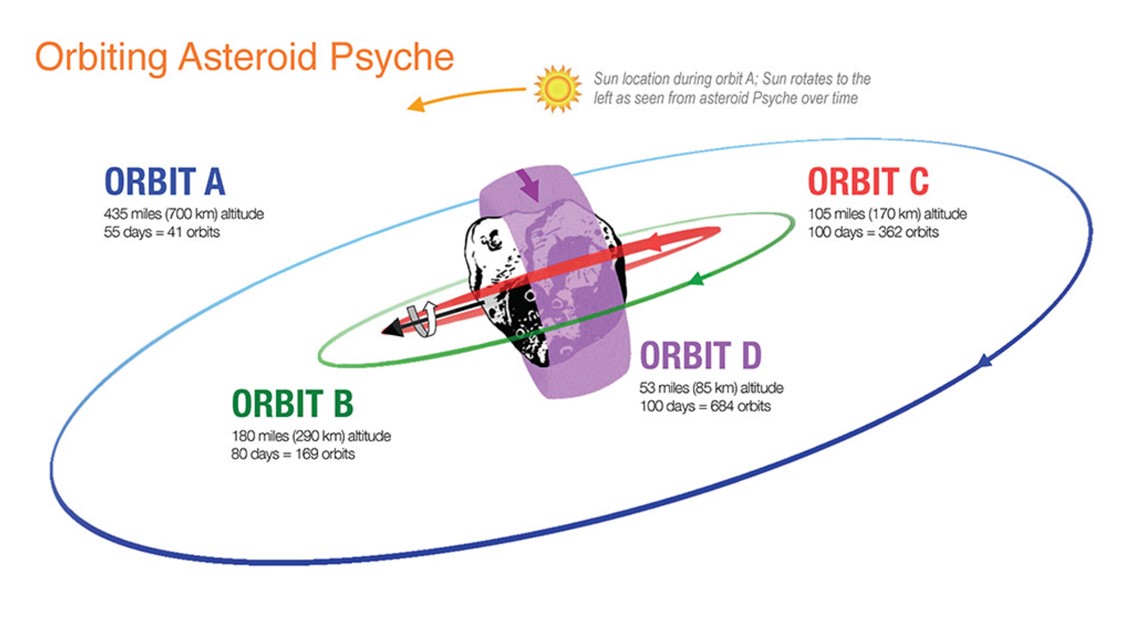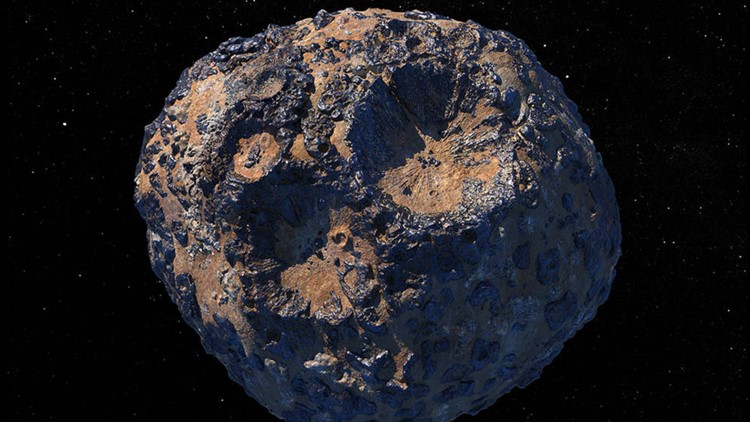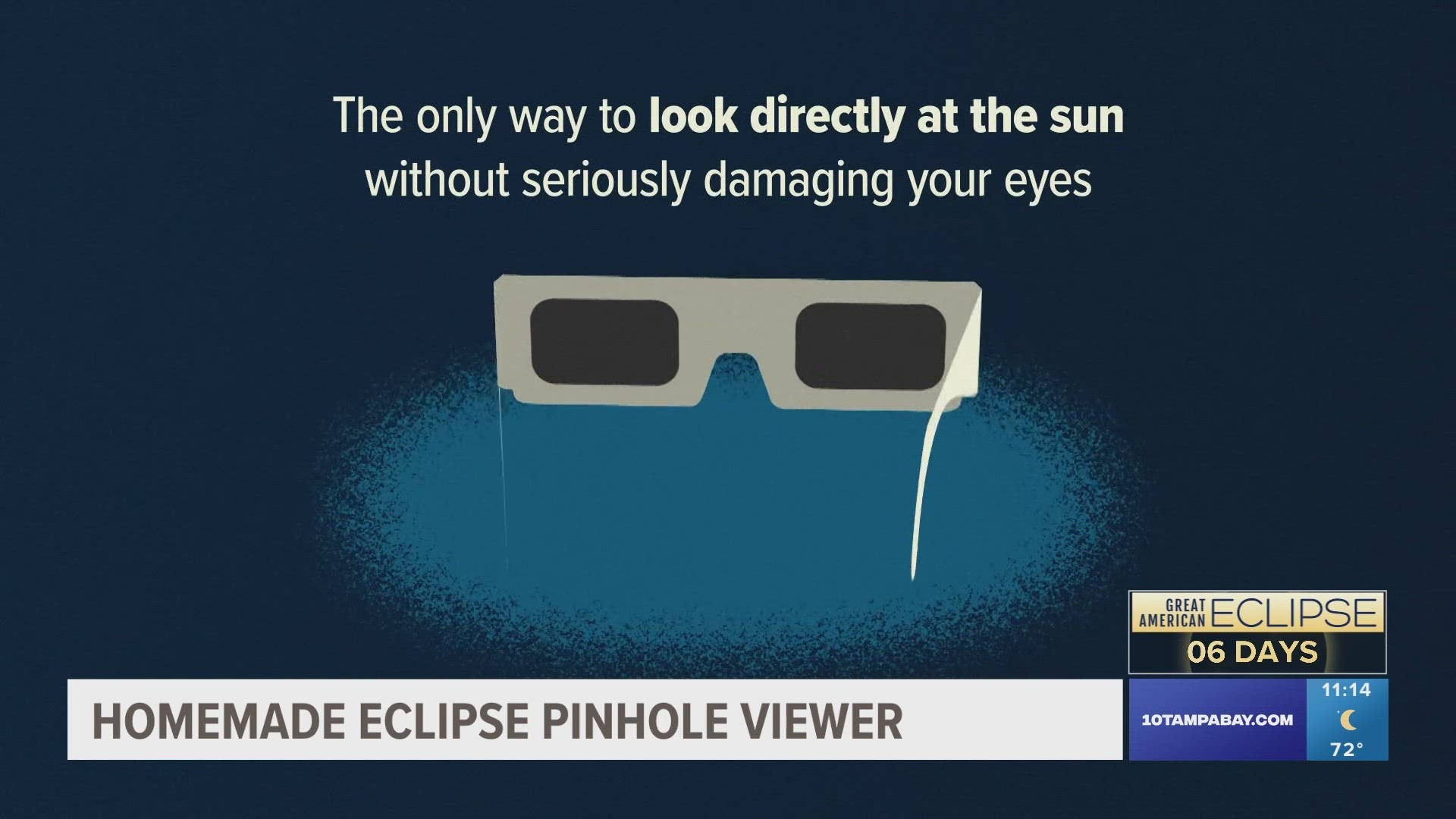CAPE CANAVERAL, Fla. — A NASA spacecraft is preparing to enter uncharted territory as it sets out to explore the potato-shaped, metal-rich asteroid called Psyche later this year.
The mission will venture into the main asteroid belt between Mars and Jupiter —otherwise known as "an uncharted world in outer space."
After launching from NASA's Kennedy Space Center in August, officials say it will be quite a long journey for the spacecraft with an estimated asteroid belt arrival time of 2026.
But scientists say the 1.5 billion mile trek is worth waiting for since the spacecraft will orbit a world we've not yet visited, nor can we pinpoint from Earth.
“If it turns out to be part of a metal core, it would be part of the very first generation of early cores in our solar system,” said Arizona State University’s Lindy Elkins-Tanton, a principal investigator helping lead the Psyche mission.
"But we don’t really know, and we won’t know anything for sure until we get there. We wanted to ask primary questions about the material that built planets. We’re filled with questions and not a lot of answers. This is real exploration," she added.


The mission will also help answer fundamental questions about the formation of our solar system, according to a press release.
To get to the not-yet explored asteroid, NASA says the spacecraft will sail past Mars before hitching a ride from the planet's gravitational force to slingshot itself toward Psyche.
As the spacecraft nears the asteroid, cameras will be turned on to reveal surface features of the "strange world" for the first time. From there, scientists' focus will switch over to measuring the asteroid's gravity field.
"The team has been working up scenarios and have devised thousands of “possible Psyches” – simulating variations in the asteroid’s density and mass, and orientation of its spin axis – to lay the groundwork for the orbital plan," a press release states.
As for what the mission will uncover? Well, just have to wait and see.
“Humans have always been explorers,” Elkins-Tanton said. “We’ve always set out from where we are to find out what is over that hill. We always want to go farther; we always want to imagine. It’s inherent in us. We don’t know what we’re going to find, and I’m expecting us to be entirely surprised.”



